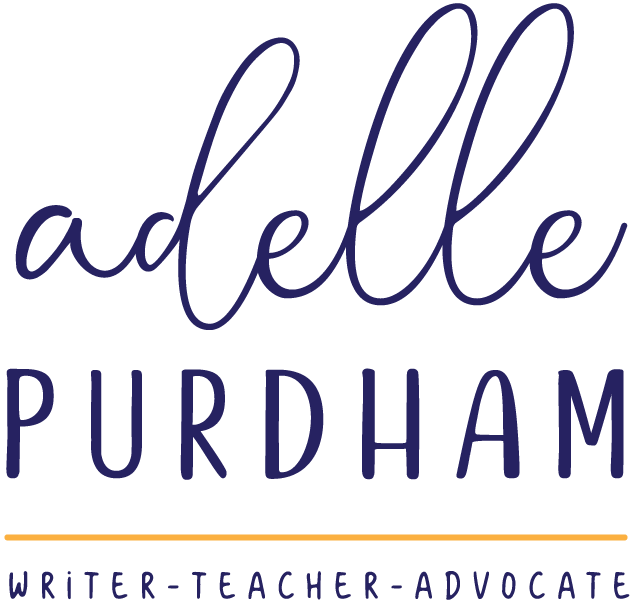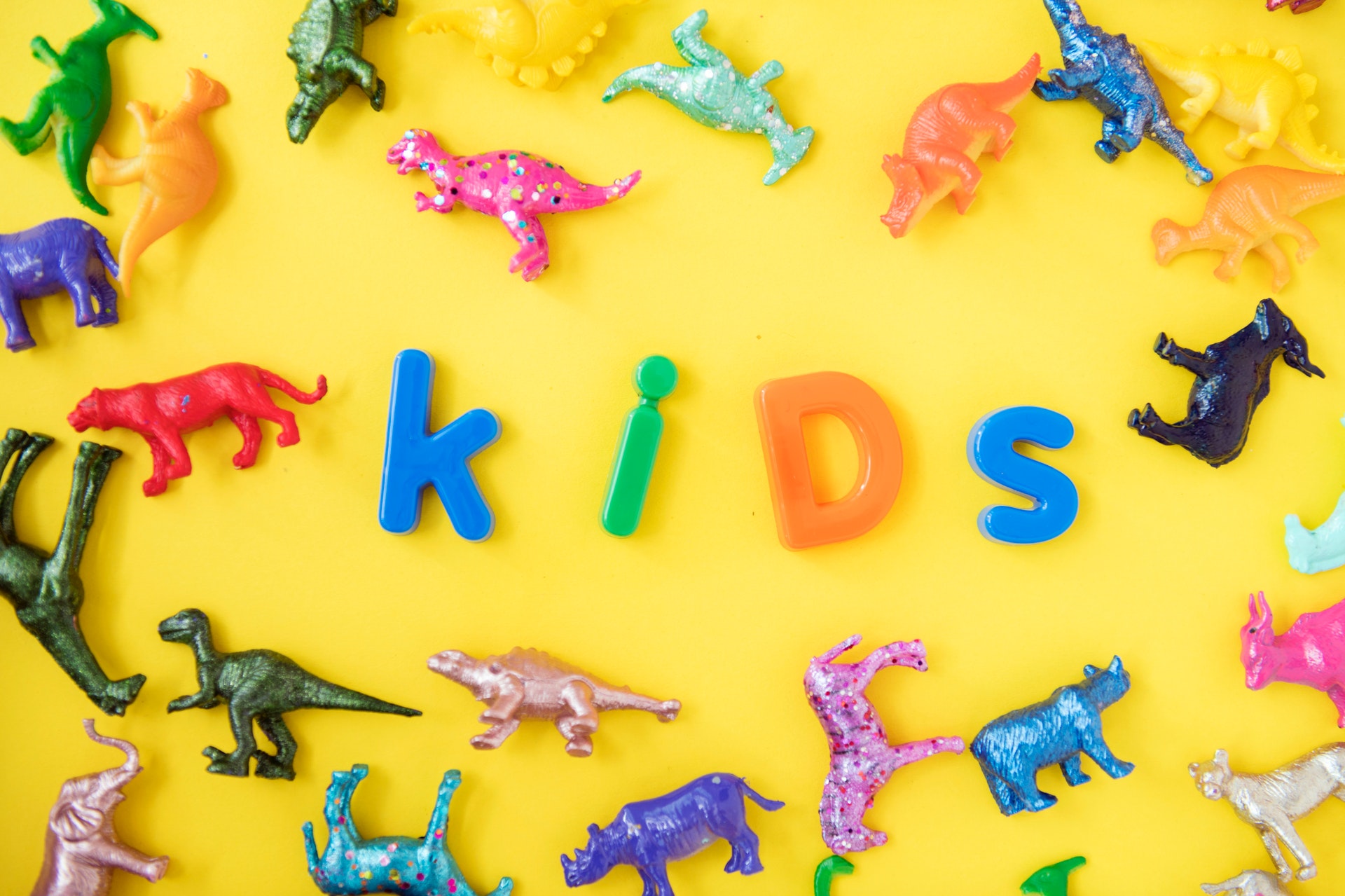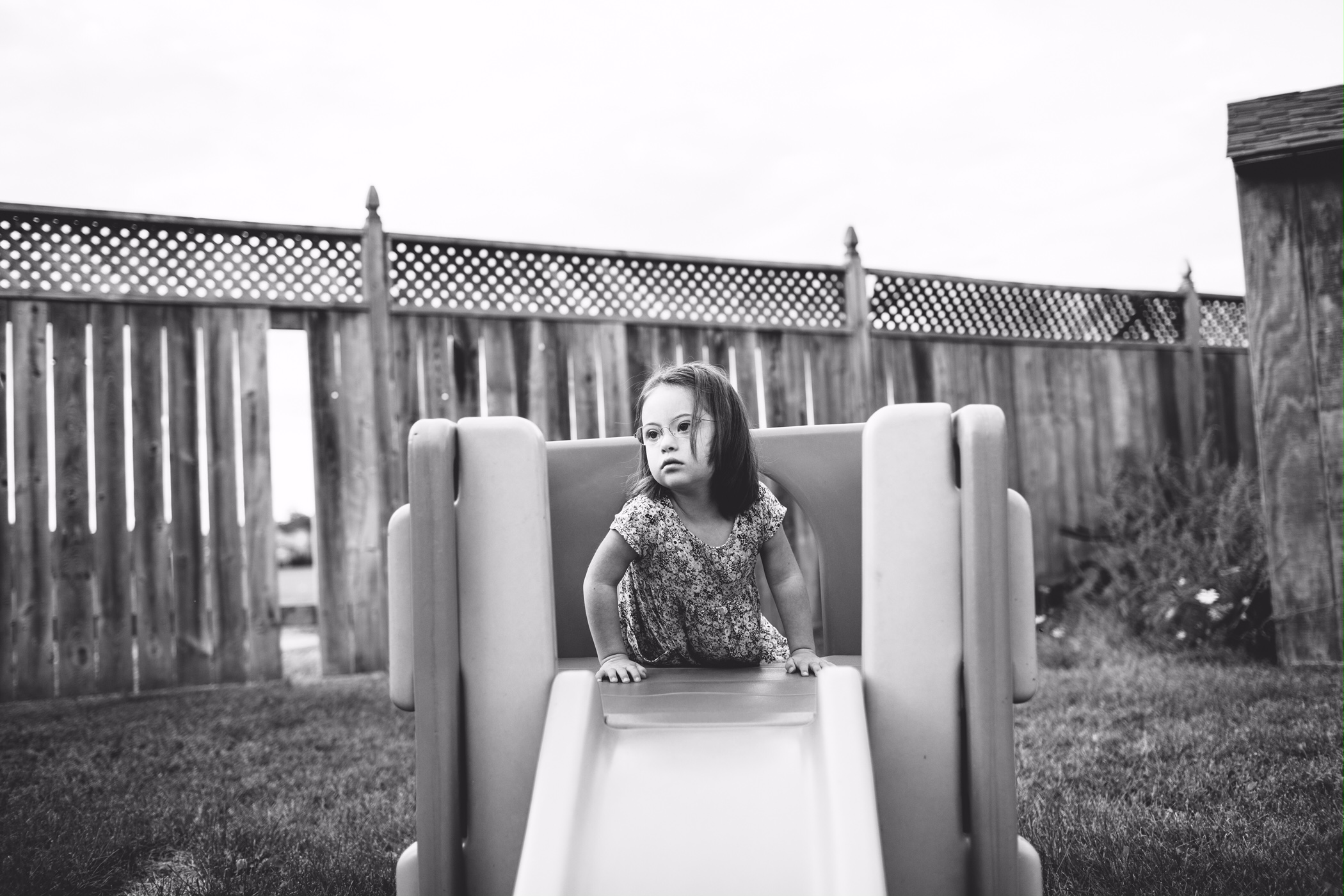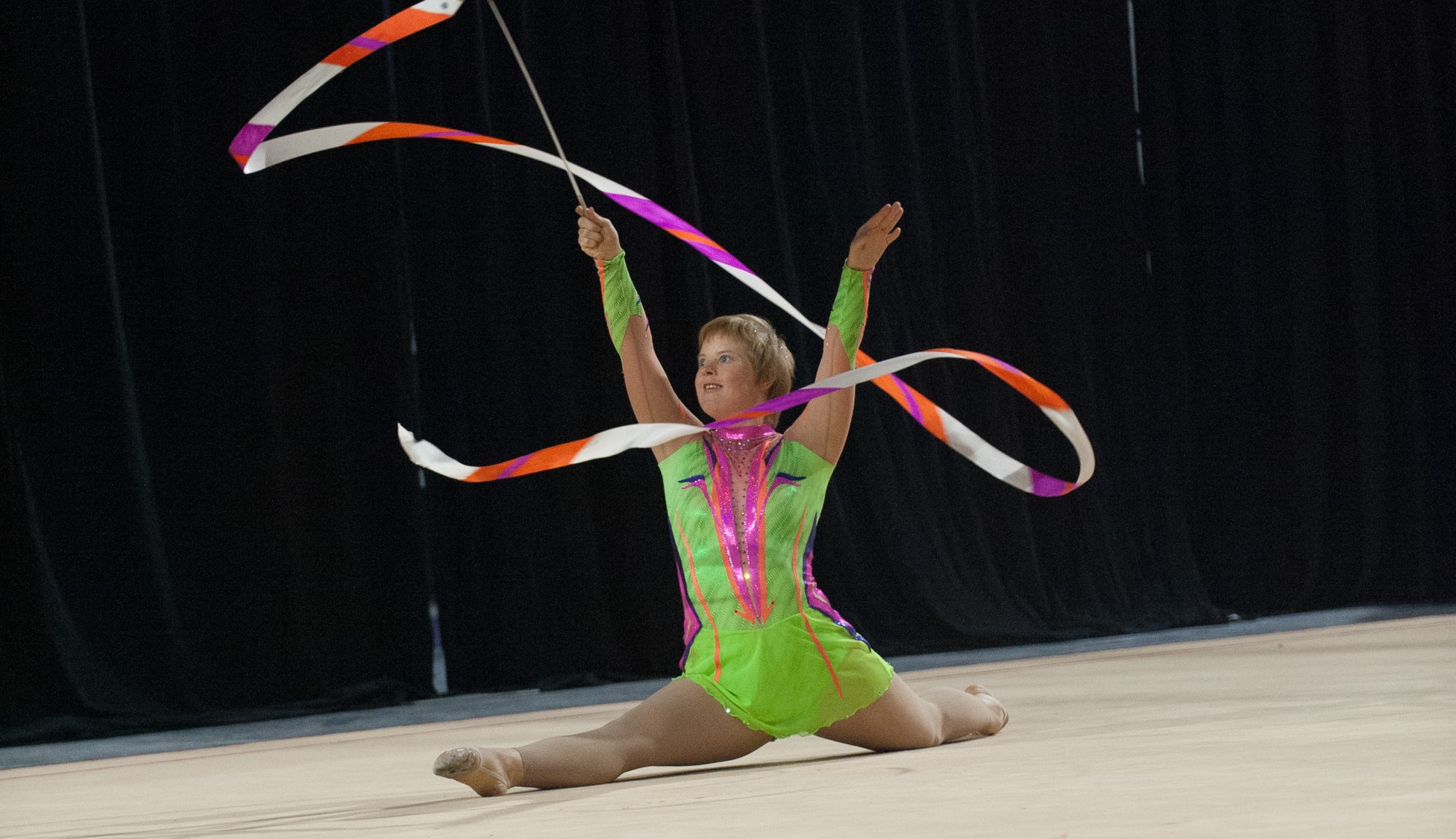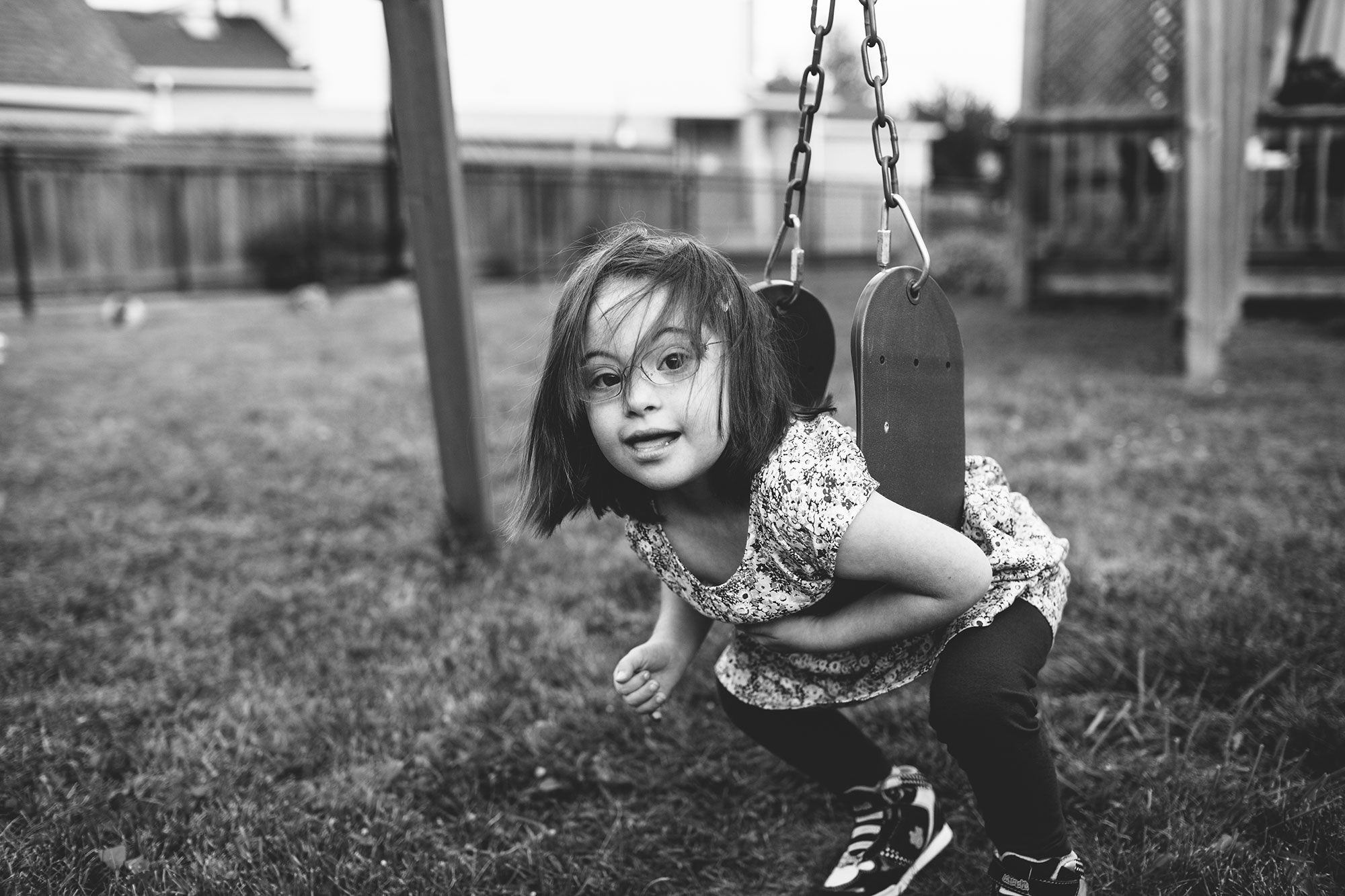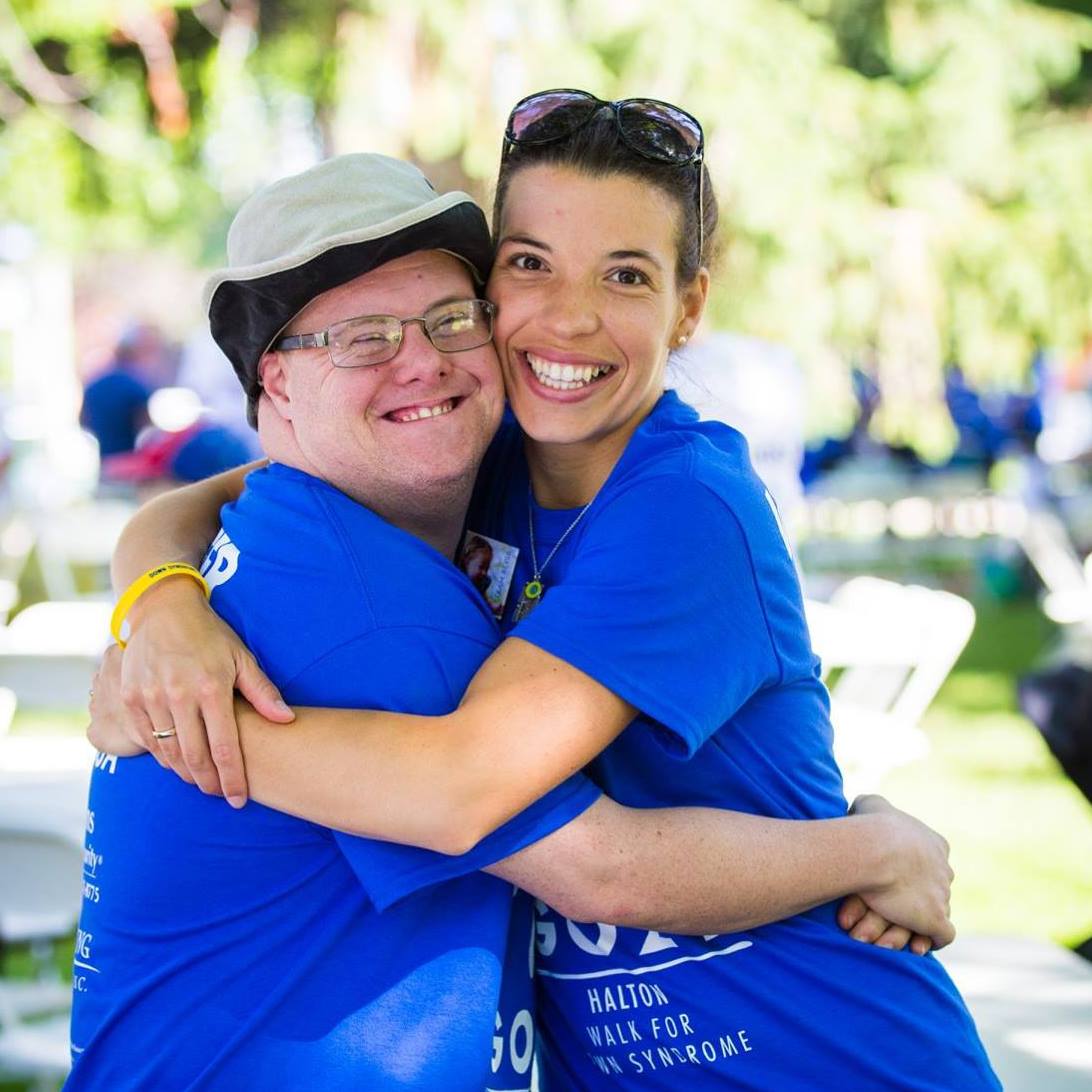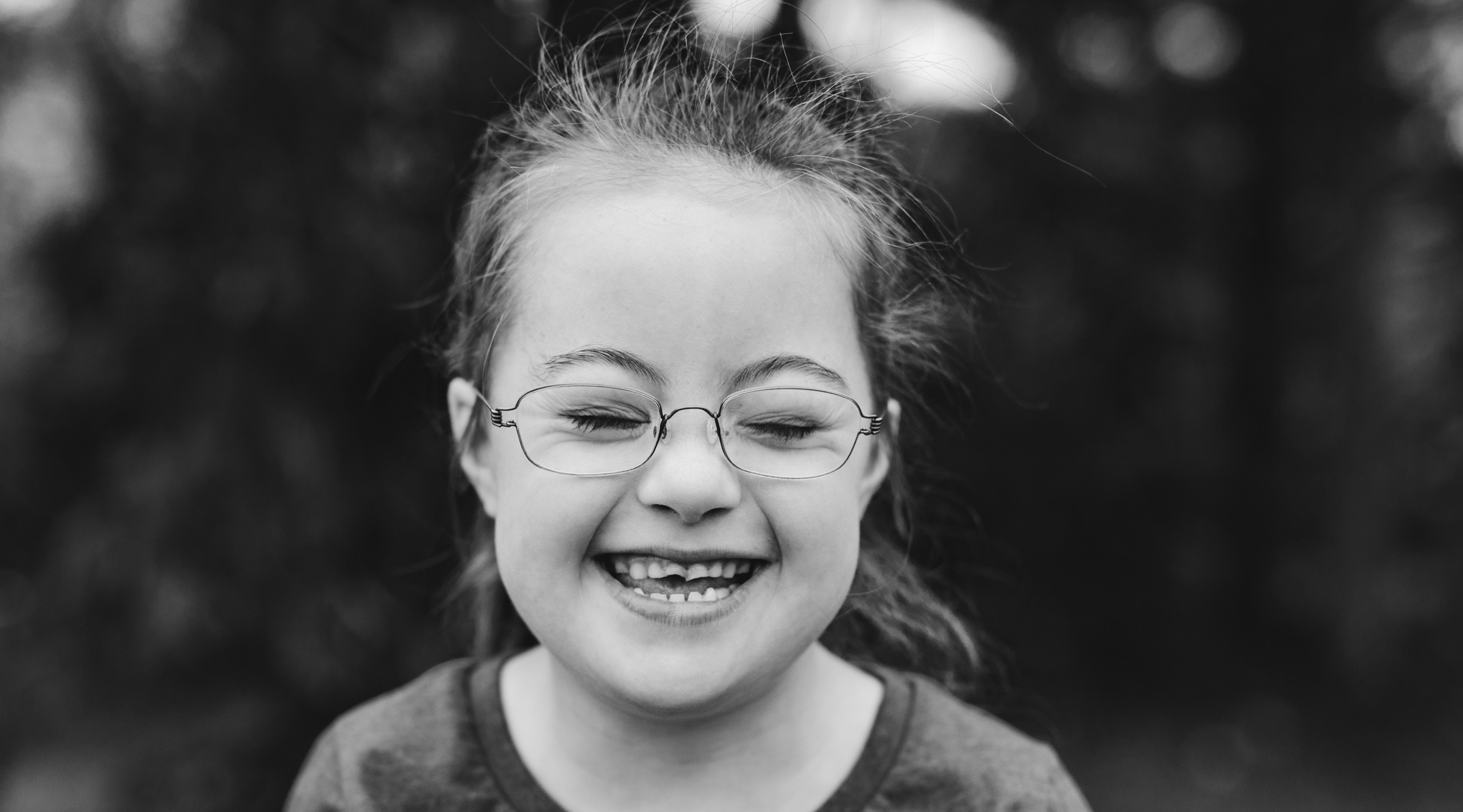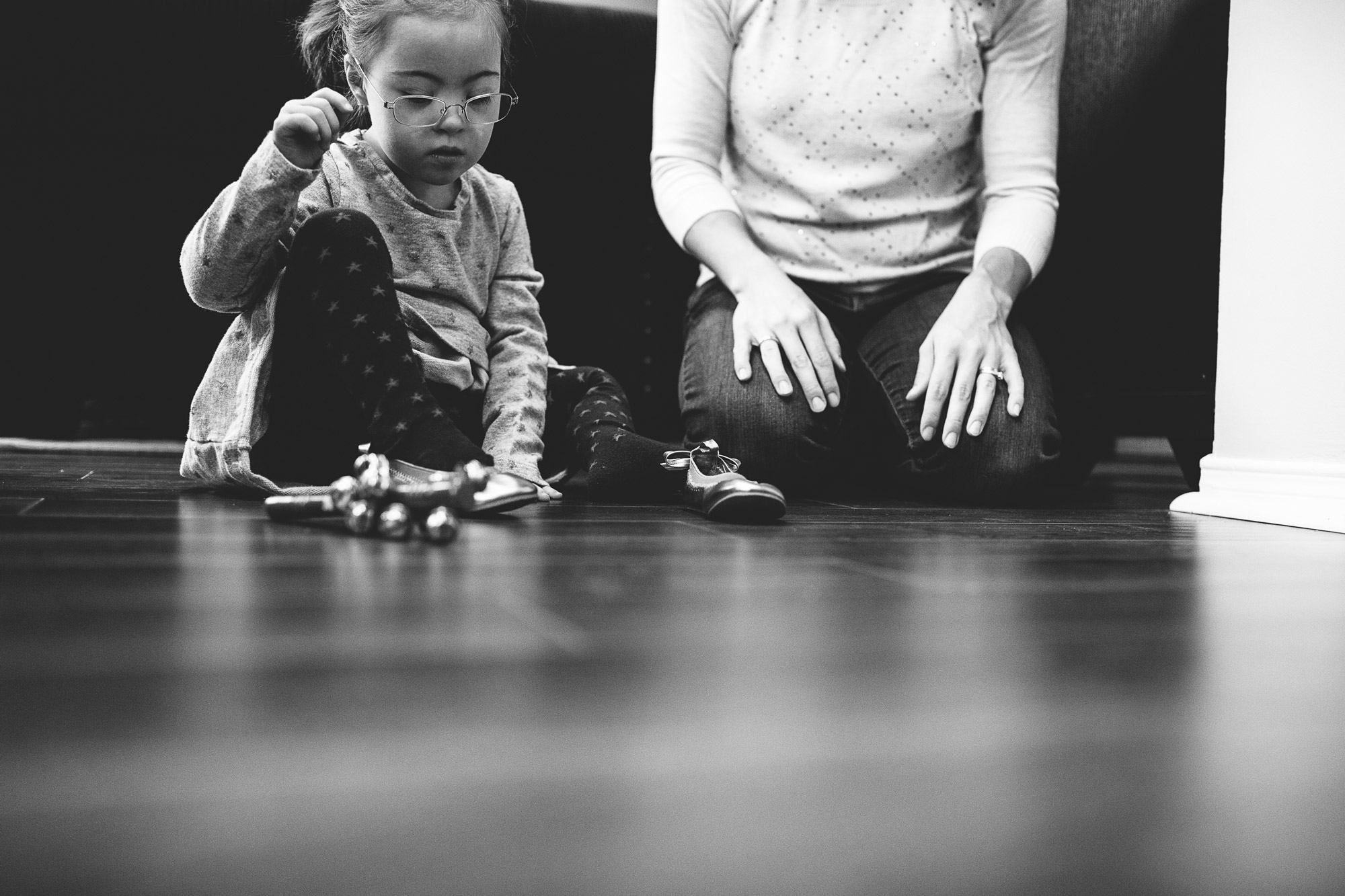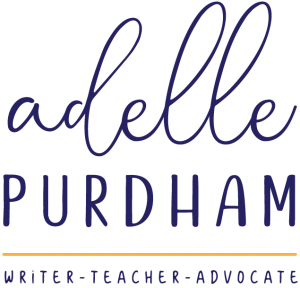It’s the final ten minutes of “my work day” before pick up and I’m sitting here wondering about Elyse’s first day at gymnastics camp. Did she follow the rules and meet camp expectations? Did she fit in and make some new friends? How did toileting go? Craft time? Transitions? Lunch time? Gymnastics? That’s a lot to worry about in one short day.
But by far the most important question over-riding the others is: did my girl have fun?
Ariel is at camp this week, too. A different camp from her sister. Having her big sis around would have undoubtedly made things easier for Elyse, but they are two different people, individuals with distinct likes and tastes, and so for Ariel, that means art camp (her #1 choice), a choice that doesn’t suit Elyse’s preferences. Elyse chose gymnastics camp. We have built a good rapport with a local gym in town – they know Elyse, they’ve taught her before, and so my hopes heading into pick up are high. Is it selfish of me to want Elyse to be able to go to a local camp and have fun? Somewhat, perhaps. I do feel like I’m a better mother/person when I have respite time from my children, but what I want deep down for Elyse goes beyond my own needs.
One of the greatest gifts a parent can bestow upon any child is to foster their independence. It occurs to me that keeping them safe – a parents’ greatest responsibility – may run counter-intuitive to choices that foster independence. Balancing these two factors, safety and independence, is tough work.
I want to keep bombarding Elyse with the messages you can, you will and YOU ARE! Look at you! You’re doing it! You’re doing it by yourself right now. This is the voice I want her to hear in her head even when I’m not around (when I am, she’d likely roll her eyes and tell me to stop).
YOU’RE doing it! Because if I’m the one always around to help her, then she never will be the one to do it. As her mother, I’m so in tune with her needs and emotions that it’s hard not to intervene. In this way, love can be limiting. Strangers are expectation-less, which can be really good or really bad. Different people also do things in different ways, which forces children to learn flexibility and become adaptable. Essentially, attending summer camp is akin to learning basic survival skills.
I’m amazed at the skills Elyse gains when she’s away from me. In preschool, her friend Gracie showed her how to properly execute a high five. Elyse, with her limp wrist, wasn’t doing it hard enough. “No, no, Elyse! Like THIS!” said Gracie, who then smacked Elyse’s hand with a good whack. Elyse fired a harder high five back, and got a pat on the back from her friend and a nod of approval.
This summer, watching her big sister, she learned to ride the swing in our backyard by herself. She also came home from a trip to grandma’s house having learned her new signature move: the two thumbs up. I’m pretty sure my mom was also the one who sealed the deal with potty training, a few years back when Dan and I were away. And school. At school, Elyse learned a second language and she learned how to play with friends. I’ve now seen videos of her playing at recess with her friends (thanks to a thoughtful educational assistant) and it’s glorious.
The point is, you have to let them go a little if you ever want them to fly away on their own. You just need to get the timing right so they don’t fall head first and break their little necks. Maybe start them off with a parachute and a safety net – or don’t. See what happens.
The moment of truth. I pick Elyse up from camp, and somewhat anxiously await my turn to speak to the head counsellor. Hardly able to contain myself, I blurt out, “So how did it go?”
“Honestly,” she says, “not very good.” She rephrases. “Well, she was a different kid in the afternoon. If Afternoon Elyse could come back again tomorrow that would be great.”
“What happened with Morning Elyse?”
She walked me through the morning’s hardships: not listening to her coach, not staying with her group or following along in group activities, locking herself in the bathroom and screaming, and refusing to do crafts. She then explained, to my great relief, once they figured Elyse out, things went MUCH smoother. They determined Elyse wasn’t listening to her coach because her coach was trying to help her do things she can already do, and wants to be doing independently; that hiding in the bathroom was her way of coping; and that crafts aren’t her thing, as I had mentioned to them beforehand, and they used the strategy of giving her books to read instead. Then she was a completely different kid. She had a fantastic afternoon. She participated fully and listened to her new coach. She had fun playing the group games with the other kids. In other words, once Elyse felt her needs were being met, and that she was being seen, heard and understood, then she felt free to be herself, her best self.
I know her behaviour was challenging, potentially the most challenging of any kid at that camp on that day, maybe that week, maybe of the whole damn summer. But you know what? She’s worth it and so are the other kids. When we choose to include, everyone wins. Every kid deserves a chance, and all it really takes for many children with disabilities is for a few caring and attentive adults to observe, to truly listen, and to see the child in front of them to make the necessary accommodations and small changes that make a BIG difference because they mean everyone can be fully included. There needed to be allowances. Elyse needed appropriate choices, but she also needed boundaries. They matched Elyse with a coach more suited to her temperament. Wouldn’t it be great, and make good sense, if we all had bosses like that? People who brought out the best in us?
Elyse isn’t going to stand for being underestimated. She doesn’t always go about showing it in the right way – Elyse does things HER way to a fault – but her point is valid: guide me, but let me show you what I can do.
Now, to answer the most important question – did Elyse have fun? The rest of the week went like this: arrive at camp in the morning, Elyse shouts, “yeah, gymnastics camp!” She has a fun day; the coaches are happy. I pick her up at the end of the day and ask, “did you have a fun day?” to which, in reply, she never once wavers, “Yes!!!”
A huge thank you to Cartwheels Gymnastics and especially to the camp counsellors for seeing Elyse for her potential and helping her realize all that she can do. The world needs more small businesses like this one doing all that they can to make their space an inclusive one.
